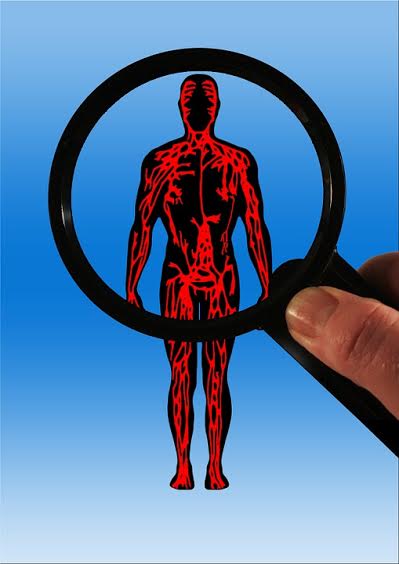
The condition referred to as Restless Leg Syndrome is one which is often misunderstood by people who’ve been lucky enough not to experience it. The fact that it is more prevalent amongst women in their 50’s leads many people to believe that it is simply another symptom of the menopause, whereas the truth is that it can strike anybody and at any stage in their life, with experts estimating that up to 10% of the population might be affected by it at some point.
The other misconception often held with regard to the syndrome is that it is only a minor matter, causing inconvenience rather than anything more serious. The truth, however, is that anyone affected by restless leg syndrome will find their lives hugely disrupted by a list of symptoms which include physical pain and a chronic lack of sleep.

Chief amongst the symptoms, as suggested by the name, is a compulsion to move the legs which can happen at any time, but often strikes sufferers when they are trying to get to sleep. Not only is this unpleasant in its own right, but it means that the person concerned finds it extremely difficult to get a good night’s rest. As well as feeling tired and unable to get on with their life the next day, someone afflicted in this manner is also at risk from serious conditions which have been associated with a lack of sleep, such as diabetes and obesity. Other symptoms of restless leg syndrome include pains around the feet and calves and something sufferers often refer to as a ‘creeping’ feeling, which has also been described as being akin to having insects crawling over the skin and being hyper-aware of the movement of the blood inside the leg.
The symptoms of Restless Leg Syndrome make it fairly easy to diagnose initially, but treatment options are complicated by the fact that there is no agreement as to what causes the syndrome. Your doctor will use a process of elimination and a consideration of your general health and well-being in order to ascertain what might be causing the problem in your particular case, and this can sometimes be something as simple as low levels of iron or an underlying condition such as thyroid issues. Some doctors feel that the syndrome might be linked to the manner in which a patient processes dopamine, a natural chemical present in the brain which performs the role of helping to regulate muscle movements. If dopamine levels are thought to be to blame, then a doctor may prescribe relatively strong medication, although side effects such as nausea and drowsiness can often put patients off taking this course of treatment.
Increasingly, doctors are suggesting that there  is a link between Restless leg Syndrome and varicose veins. These veins, also known as venous reflux, are caused when the valves which control the flow of blood through the legs malfunction, allowing the blood to flow in the wrong direction. At their worst, they take the form of unsightly and painful swollen blue veins, but doctors can detect them before they become visibly apparent using ultra-sound scanning equipment. Having located the veins, doctors are now able to offer modern treatments which can be applied during a single trip to the clinic or surgery.
is a link between Restless leg Syndrome and varicose veins. These veins, also known as venous reflux, are caused when the valves which control the flow of blood through the legs malfunction, allowing the blood to flow in the wrong direction. At their worst, they take the form of unsightly and painful swollen blue veins, but doctors can detect them before they become visibly apparent using ultra-sound scanning equipment. Having located the veins, doctors are now able to offer modern treatments which can be applied during a single trip to the clinic or surgery.
In years gone by, varicose veins had to be physically stripped from the leg via a surgical procedure which led to a fairly lengthy period of recovery and recuperation. The latest treatments, such as EVLT Laser and Clarivein use heat to seal the veins rather than removing them, and can be offered with the use of only a local anaesthetic. The fact that the treatments are hardly invasive at all means that patients, having received them, are able to walk away from the appointment and simply get on with their life, knowing that the threat of varicose veins and the unpleasant reality of Restless leg Syndrome have both been dealt with.

Leave a Reply